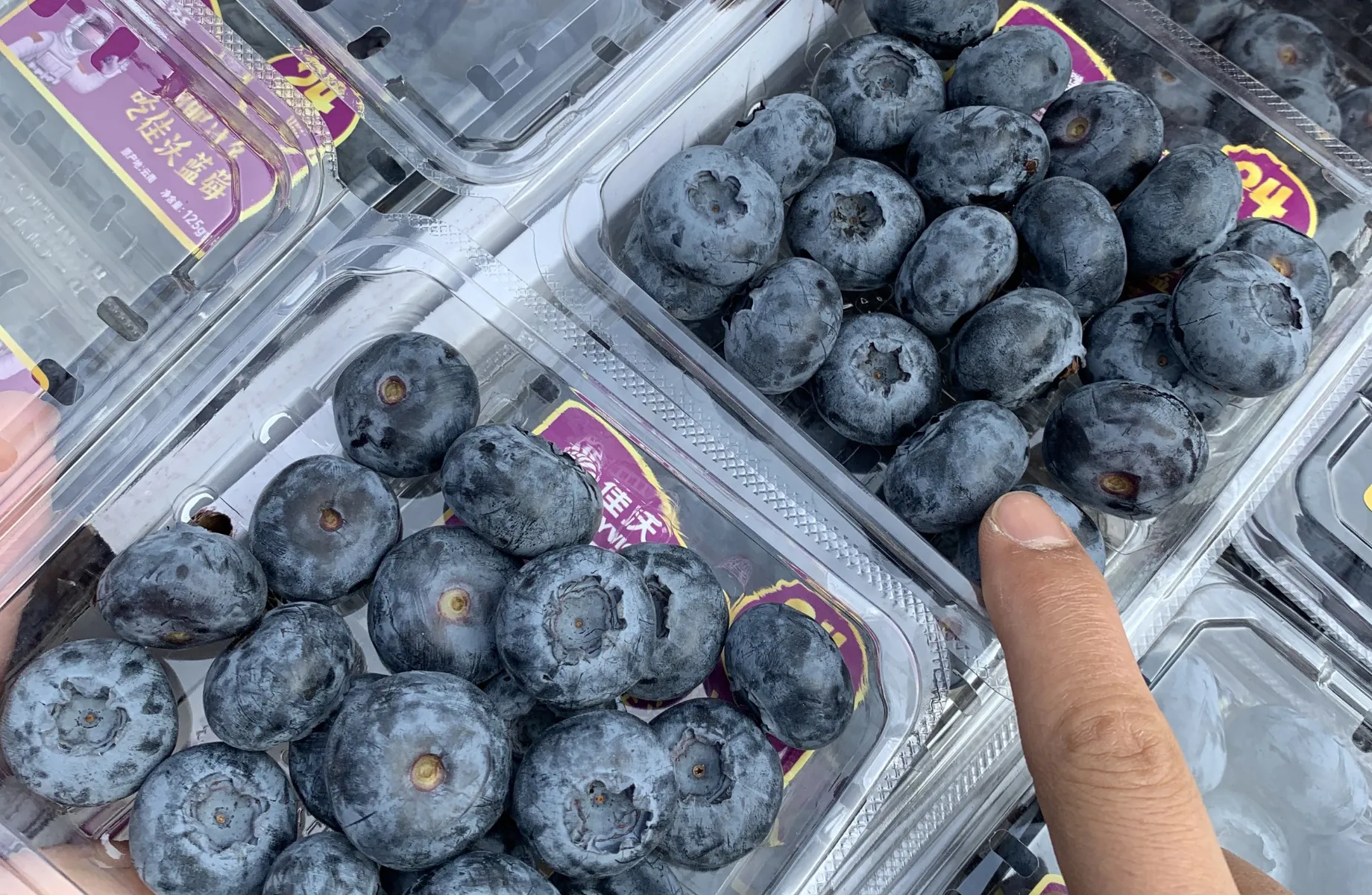The berry market in China has experienced notable expansion in recent years, fueled by shifting consumer preferences, increased middle-class, heightened health consciousness, the availability of high-quality local produce, and transformations in the logistic and retail sectors.
While strawberries have long been a staple in the Chinese market, raspberries, blackberries, and blueberries are emerging as popular choices as consumers increasingly seek healthier snacking alternatives and integrate more fruits into their daily diets.
Health consciousness and demand
Chinese consumers have grown more conscious of the health benefits linked to berry consumption, as these fruits are packed with vitamins, antioxidants, and dietary fiber.
This has positioned berries as an appealing option for health-focused individuals, particularly among younger demographics and city residents who place greater emphasis on nutrition and wellness.
Driven by this trend, demand for fresh, premium-quality berries has surged, prompting retailers to prioritize procurement and strategic placement of these fruits to meet evolving consumer needs.
Rising popularity of blueberries
Among the various berries, blueberries have seen a remarkable rise in popularity. Their perceived health benefits, including anti-aging properties and support for heart health, have made them a favored choice.
Additionally, the versatility of blueberries in culinary applications—ranging from smoothies to desserts—has contributed to their increasing consumption. Retailers are responding by expanding their blueberry offerings and promoting them through targeted marketing campaigns.
The flavor profile of blueberries is steadily evolving in China, with retailers and marketers actively exploring ways to introduce aromatic varieties that align with changing consumer preferences.
Emphasis is being placed on enhancing taste and freshness while maintaining visual appeal. The growing demand for high-quality, flavorful blueberries underscores the necessity for innovation in breeding techniques and supply chain optimization.
Chinese blueberries and market segmentation

To effectively meet consumer expectations, industry players are focusing on delivering superior sensory experiences, ensuring that blueberries not only look appealing but also deliver on taste and aroma.
This trend reflects a broader push toward quality and consumer-centric offerings in the Chinese berry market.
Chinese blueberries is a huge market, with berries marketed as standard or premium, but in generale also national blueberries are sold as premium.
Local fruits from Yunnan is better received by consumers, while from other regions, due to seasonality and fruit quality, the consumer is not paying a premium.
Decrease in strawberry price

The strawberry market has faced a significant downturn this year, driven by a combination of factors. Unfavorable weather conditions—such as unseasonal temperatures and heavy rainfall—have adversely affected both crop yields and fruit quality.
Additionally, increased competition from other fruits like blueberries and cherries has further dampened consumer interest in strawberries.
Moreover, evolving consumer preferences toward healthier snack options have redirected attention away from traditional strawberries, adding to the challenges faced by the market.
Raspberries, blackberries and logistics

The cultivation of raspberries and blackberries in China is not as widespread as other fruits, leading to a limited supply of fresh produce.
There is a growing demand for fresh and high-quality raspberries and blackberries among Chinese consumers, but the current market supply does not adequately meet this demand and is dominated by an American company.
The distribution and logistics for raspberries and blackberries can be complex, leading to delays and deterioration in quality during transportation.
Growth of e-commerce

Although retailers in China are expanding their influence on blueberry sales, the broader retail landscape for berries is undergoing a significant transformation, marked by a notable shift toward online shopping.
E-commerce platforms have emerged as vital channels for berry sales, particularly during the COVID-19 pandemic, when consumers increasingly prioritized convenience and safety.
These platforms offer an extensive selection of berries, often delivered directly to customers' doorsteps. In response to this trend, retailers have been strengthening their online presence and leveraging social media marketing to better engage with consumers.
Notably, some data indicates that approximately 25% of fresh produce purchases in China are now conducted through e-commerce channels.
Conclusion
In summary, the Chinese berry market is still experiencing dynamic growth driven by health consciousness, the popularity of blueberries, the rise of online retail, and a shift towards premium products.
As consumer preferences continue to evolve, retailers will need to adapt their strategies to meet the demands of an increasingly sophisticated market.
By embracing innovation and focusing on quality, the berry sector in China is poised for continued expansion in the coming years.
Huan Zhang
Consultant and Founder of Twinkle Star Berry









